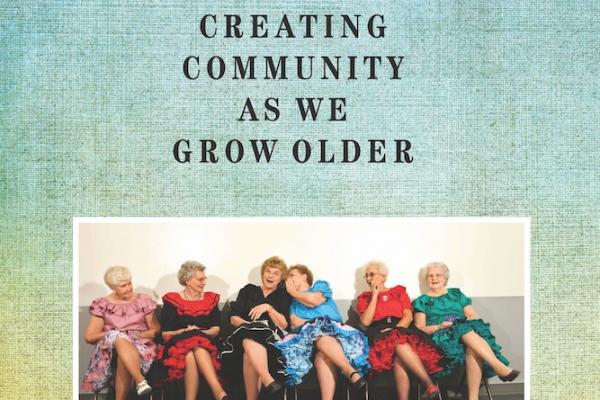IN THE U.S., mention of “aging in community” might conjure up images of weathered faces in nursing homes and snowbirds in South Florida. And yet, as increasing numbers of Americans reach the golden years—and do so in an uncertain economy—so do the array of scenarios for those growing older. Award-winning journalist Beth Baker traveled across the U.S. to document the possibilities in her latest book, With a Little Help from Our Friends: Creating Community as We Grow Older.
Some of her findings aren’t so surprising. Baby boomers have a stronger desire for independence than did their predecessors, and they aren’t keen on being tagged “elderly.” In fact, they generally see themselves in a different cohort than those born just prior to the boom.
Whether you’re in one of the aforementioned age groups or a diligent millennial thinking way ahead, Baker shows that imagining how you’ll one day balance independence with human connection in your older years doesn’t have to be daunting.
“That we can raise this question is remarkable. Never before have older people, often through their own imagination and determination, had real options from which to choose,” she writes.
Read the Full Article

